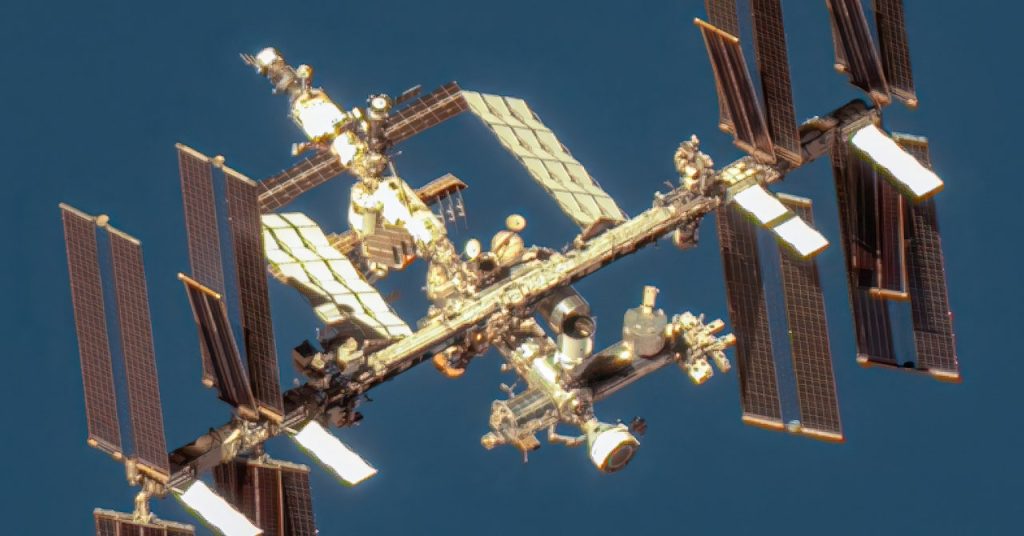NASA and Boeing Delay Starliner Return
Extended Review Process
NASA and Boeing have decided to delay the Starliner spacecraft’s return to Earth, initially scheduled for June 26, to an unspecified date in July. This decision came after extensive meetings to assess the spacecraft’s readiness.
Data-Driven Decisions
“We are taking our time and following our standard mission management team process,” said Steve Stich, manager of NASA’s Commercial Crew Program, in the NASA update. “We are letting the data drive our decisionmaking relative to managing the small helium system leaks and thruster performance we observed during rendezvous and docking.”
Technical Issues
Earlier in the week, NASA and Boeing had set a return date for June 26. However, during subsequent meetings, mission managers reviewed two significant issues: five leaks in the helium system that pressurizes Starliner’s propulsion system and the failure of five out of 28 reaction-control system thrusters as the spacecraft approached the station.
Safety Concerns
The NASA update did not detail the discussions during these meetings, but it is evident that the agency’s leaders were not fully confident in the spacecraft’s ability to handle all contingencies during its return flight. These include safely undocking from the space station, maneuvering away, performing a de-orbit burn, separating the crew capsule from the service module, and landing in the New Mexico desert.
Extended Stay and Future Plans
45-Day Limit
NASA and Boeing engineering teams will take additional time to ensure the spacecraft’s readiness. Although June 30 was considered as a possible return date, the agency also plans to conduct two spacewalks on June 24 and July 2. Starliner is now expected to return no earlier than July 4.
“We are strategically using the extra time to clear a path for some critical station activities while completing readiness for Butch and Suni’s return on Starliner and gaining valuable insight into the system upgrades we will want to make for post-certification missions,” Stich said.
Longer Docking Benefits
Having Starliner docked to the space station for an extended period allows NASA and Boeing to gather more data on the vehicle’s performance during long-duration missions. Eventually, Starliner will be used for operational missions, enabling astronauts to stay in orbit for six months at a time.
Current Limitations
However, the vehicle is only rated for a 45-day stay at the space station, and this period began on June 6. It is not ideal that NASA feels the need to delay the vehicle’s return to ensure its performance. Despite officials downplaying the seriousness of these issues, they have yet to fully explain why they are not comfortable with Starliner’s return under normal circumstances.
This story originally appeared on Ars Technica.

4 Comments
Is Starliner cursed or what?
Indefinite delays, and once again, our aspirations are put on hold.
Again with the delays, Starliner just can’t catch a break!
Carter I. Wright: How many setbacks until Starliner calls it quits?